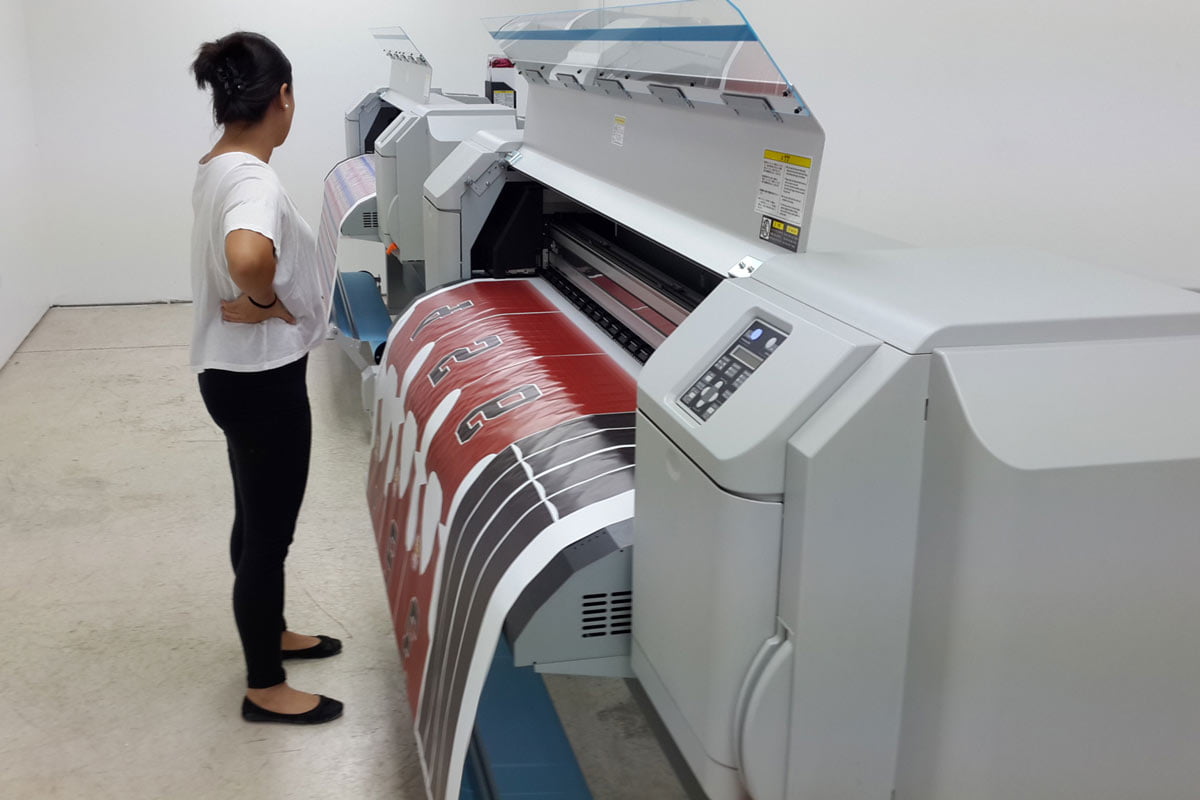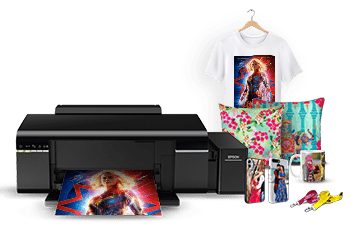Releasing Creative Thinking with Heat Transfer Vinyl Printing for Custom Designs
Releasing Creative Thinking with Heat Transfer Vinyl Printing for Custom Designs
Blog Article
Developments in DTF Printing: Exactly How It's Reinventing the Industry
The fabric printing sector is undertaking a considerable improvement, driven by the innovative advancements in Direct-to-Film (DTF) innovation. These technologies are not only boosting print quality and convenience however additionally streamlining the whole printing procedure. With premium ink solutions, improved movie and adhesive technologies, and the assimilation of automation, DTF printing offers vibrant, durable prints on a range of textiles, satisfying the enhancing need for personalization. As organizations look for extra eco friendly and reliable services, the effects of these improvements necessitate a closer examination right into exactly how they are shaping the future of textile printing.
Innovations in DTF Modern Technology
Advancing swiftly, DTF (Direct-to-Film) printing technology has undergone substantial improvements that are transforming the fabric market. Modern DTF printers make use of innovative ink formulas that result in dynamic, sturdy prints with high resolution and shade precision.

Furthermore, advancements in movie and adhesive modern technologies have boosted the general application process. New movies offer much better elasticity and adhesion, improving the sturdiness and washability of the published designs - Branded clothing. This guarantees that the prints keep their honesty and vibrancy also after several cleans
Lastly, ecological factors to consider have prompted the development of green DTF remedies. Producers are significantly embracing sustainable techniques, such as using water-based inks and recyclable movies, straightening with worldwide efforts to reduce the sector's environmental footprint.
Benefits Over Standard Methods
When comparing DTF printing to standard techniques such as screen printing and direct-to-garment (DTG) printing, a number of unique benefits emerge. Branded clothing. One of the most substantial benefits is its convenience in textile compatibility. Unlike display printing, which usually calls for particular material kinds, DTF printing can be put on a wider variety of products, consisting of cotton, polyester, and blends, without endangering print quality
An additional notable advantage is cost-effectiveness, specifically for little to medium-sized orders. Conventional display printing comes to be financially viable just at greater quantities as a result of the setup costs included. On the other hand, DTF printing removes these setup expenses, making it a lot more economical for smaller sized sets and one-off layouts.
Additionally, DTF printing masters toughness and washability. The prints produced are durable and maintain their honesty through numerous laundry cycles, outmatching DTG prints that may crack or fade in time. Furthermore, DTF printing provides faster turn-around times. Without the need for substantial configuration, layouts can be published and moved in a portion of the moment needed for display printing.

Enhanced Layout Abilities
DTF printing uses enhanced design capacities that set it aside from standard printing techniques. This development enables a wider spectrum of lively colors, intricate details, and nuanced slopes, giving designers with unprecedented flexibility. The procedure involves publishing a design onto an unique film, which is after that moved to textile. This permits high-resolution prints that preserve clearness and intensity, even on complicated patterns and little message.
Additionally, DTF printing find sustains a broad selection of fabrics, including cotton, polyester, blends, and also non-textile substratums. This flexibility opens doors for creative applications in varied industries go to this site such as style, home design, and marketing items. Unlike display printing, which can be limiting due to shade separation and pattern production, DTF printing streamlines the process, making multi-color and photo-realistic designs more available.
In addition, DTF printing stands out in attaining constant color accuracy and vibrancy. In essence, DTF printing equips developers to press the limits of creative thinking, supplying aesthetically sensational results that were previously unattainable.
Expense and Time Performance
One of the notable advantages of DTF printing lies in its cost and time performance, making it a favored selection for numerous businesses. Unlike standard techniques that call for substantial financial investment in screens and configuration times, DTF printing allows for direct application onto various materials with minimal prep work.
In addition, DTF printing masters creating short runs and custom-made orders cost-effectively. The ability to produce top quality prints without the demand for huge quantity commitments minimizes waste and optimizes resource allocation. This adaptability is particularly helpful for tiny businesses and startups that may not have the resources to purchase massive manufacturing runs.
In regards to operational efficiency, DTF printing's structured operations improves overall productivity. The innovation's compatibility with a wide variety of substrates and fabrics additionally widens its application range, lowering the demand for multiple printing systems. Businesses can accomplish a quicker turnaround time, enhancing consumer complete satisfaction and competition in the market. Thus, DTF printing stands apart as a transformative remedy in the printing market.
Future Trends in DTF Printing
Preparing for future trends in DTF printing discloses a landscape noted by fast technological improvements and enhanced market need (DTF printing). One substantial fad is the integration of synthetic knowledge (AI) and artificial intelligence formulas to optimize print top quality and enhance operations. AI-driven systems can predict prospective why not find out more problems and readjust setups in real-time, making certain constantly top quality result
Additionally, advancements in environment-friendly inks and lasting materials are anticipated to obtain grip. As environmental issues end up being more pressing, the sector is most likely to see a change towards non-toxic and biodegradable inks, lowering its environmental impact.
Personalization and personalization will certainly also play an essential role. With the expanding customer need for distinct, individualized products, DTF printing modern technologies are developing to supply even more detailed and detailed personalization alternatives. This pattern is supported by improved software remedies that permit even more complex and innovative designs.
Finally, the integration of DTF printing with various other digital platforms and shopping services will certainly become a lot more smooth. This connection will certainly enable organizations to provide on-demand printing solutions straight to customers, even more driving development in the industry. These patterns jointly highlight a future where DTF printing not just satisfies yet exceeds the progressing demands of the market.
Final Thought

When comparing DTF printing to traditional approaches such as screen printing and direct-to-garment (DTG) printing, a number of distinctive advantages arise. Unlike screen printing, which usually requires certain fabric types, DTF printing can be used to a more comprehensive variety of products, including cotton, polyester, and blends, without jeopardizing print quality.
DTF printing provides boosted layout abilities that establish it apart from traditional printing techniques. Hence, DTF printing stands out as a transformative solution in the printing market.
Advancements in DTF printing significantly enhance the fabric printing sector by providing remarkable print performance, top quality, and flexibility.
Report this page